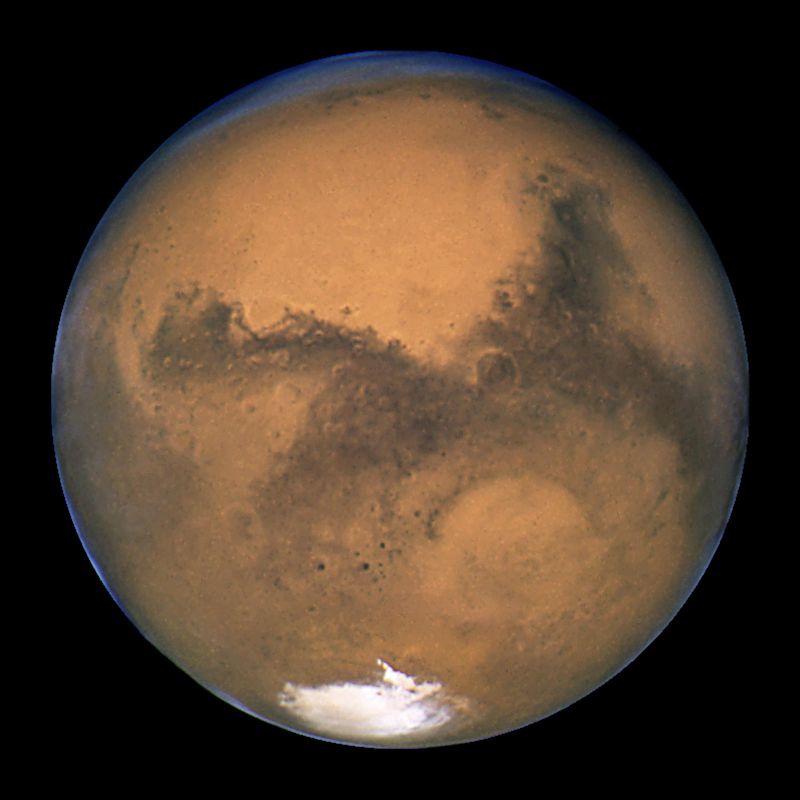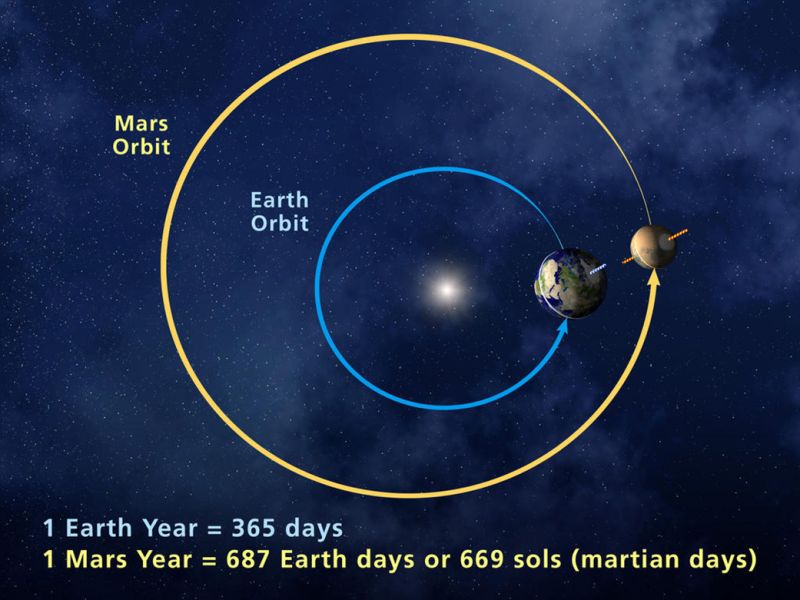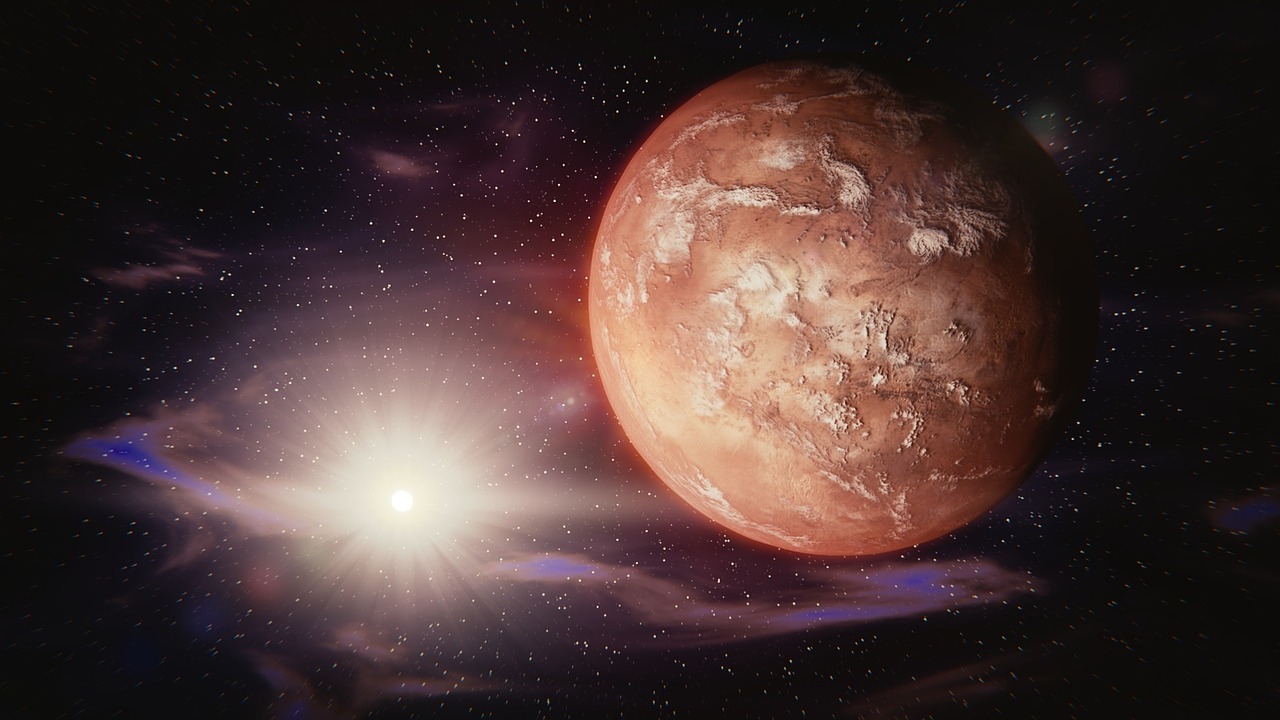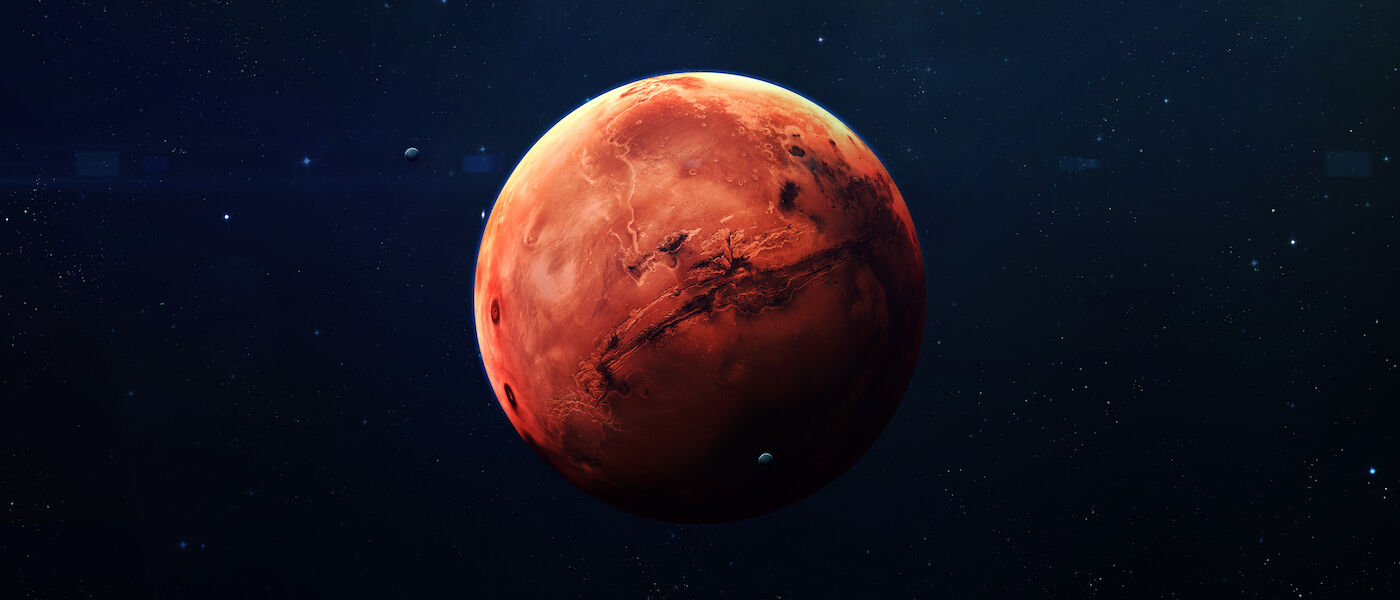Everything you need to know about the Summer of Mars

Get ready. The summer of 2018 is the Summer of Mars! That's because this season, Mars will make its closest approach to Earth – and its brightest appearance in our skies – in fifteen years. It will not be this close and bright until 2035.
Mars hasn't shined this bright and drawn so close to Earth since August 2003. On July 27, 2018, when Mars makes its closest approach to the Sun, the Red Planet will be only 35,849,389 miles away from Earth.
For much of the summer, Mars will outshine every other planet in our solar system except for Venus. This is an incredibly rare role for the Red Planet.

So why is Mars coming so close and shining so bright this summer?
To understand, remember that it takes Mars nearly two Earth years to orbit the Sun, since it's further away from the Sun than Earth is.
Therefore every two years, Earth – on its own inner track around the Sun – will come between Mars and the Sun. If this happens when Mars is near aphelion (when a planet is at its most distant location from the Sun), then the Red Planet will be about 60 million miles away. But if it happens when Mars is near perihelion (when a planet is at its closest approach to the Sun), then the Red Planet will be only about 35.5 million miles away from Earth and appear dramatically brighter.
These "perihelic" oppositions occur once every 15 to 17 years.

Even though Mars is in opposition on July 27 – with a straight line between the Sun and the Earth, as seen in the above diagram – it is actually not Mars' closest approach to Earth.
The Red Planet is closer to Earth four days after the opposition, due to Mars' elliptical, or oval-shaped, orbit. So on July 31, the Red Planet will be 35,787,873 miles away, about 61,516 miles closer than on the night of the opposition.
The closer we get to July 31, the greater Mars' appearance will look in a telescope. In this NASA diagram, you can see how dramatic the change is even from May to July:

So what are some things to know if you want to spot Mars this summer?
In June, Mars rises in the southeast portion of the sky around midnight at the start of the month, and by 11:00 pm at the end of the month. The planet will be due south – and about 1/3 up the sky – at around 4:00 am, and will be in the southwestern sky by daybreak.
The planet shines at -1.4 magnitude in early June, and by the end of the month, Mars burns at -2.13. Mars' orange color will become more and more striking as the planet brightens throughout the month.
Mars officially catches up with Jupiter in brightness on July 4, when both planets shine at -2.28. Around 11:00 pm on that day (perhaps after the fireworks!), you can check out a whitish Jupiter setting in the southwest part of the sky as an orange Mars rises in the southeast.
From July 5 to Sept. 7, Mars will continue to outshine Jupiter. The two planets will again be the same brightness on the night of Sept. 8,, and Mars will then fade to "third brightest planet" status after that.

In the past, many of the most important discoveries about Mars have occurred during these perhelic oppositions. The perihelic opposition of 1877, for example, led to the genuine discovery of Mars’ two little moons – Phobos and Deimos – by the US Naval Observatory.
But it has also been a time of incorrect discoveries. For example, American astronomer Percival Lowell observed the close oppositions of Mars in 1892 and 1894 and came to the conclusion that the Red Planet was the abode of an intelligent people who had covered the planet in canals to bring water from the polar regions to the central cities of Mars.
Luckily, NASA and other space organizations take advantage of Mars' close approach to launch spacecraft to the Red Planet. And as a result, early missions in the 1960s quickly put the canal controversy to rest. It was determined that the canals did not exist; rather, they were optical illusions caused by attempting to make sense of irregular detail on Mars at a distance of at least 35 million miles.
The long and exciting history of the robot exploration of Mars continues with NASA’s Mars Insight mission, launched from California in May of this year. Insight will arrive at Mars on November 26 and will explore the interior of Mars; its launch was timed, as with nearly all Mars missions, to take advantage of a close approach of Mars.
Interested in learning more? Liberty Science Center is celebrating this rare astronomical event on July 27 at Mars Madness! We're breaking out the telescopes and looking to the skies for this night all about the Red Planet. Click here for more information and to buy tickets.
